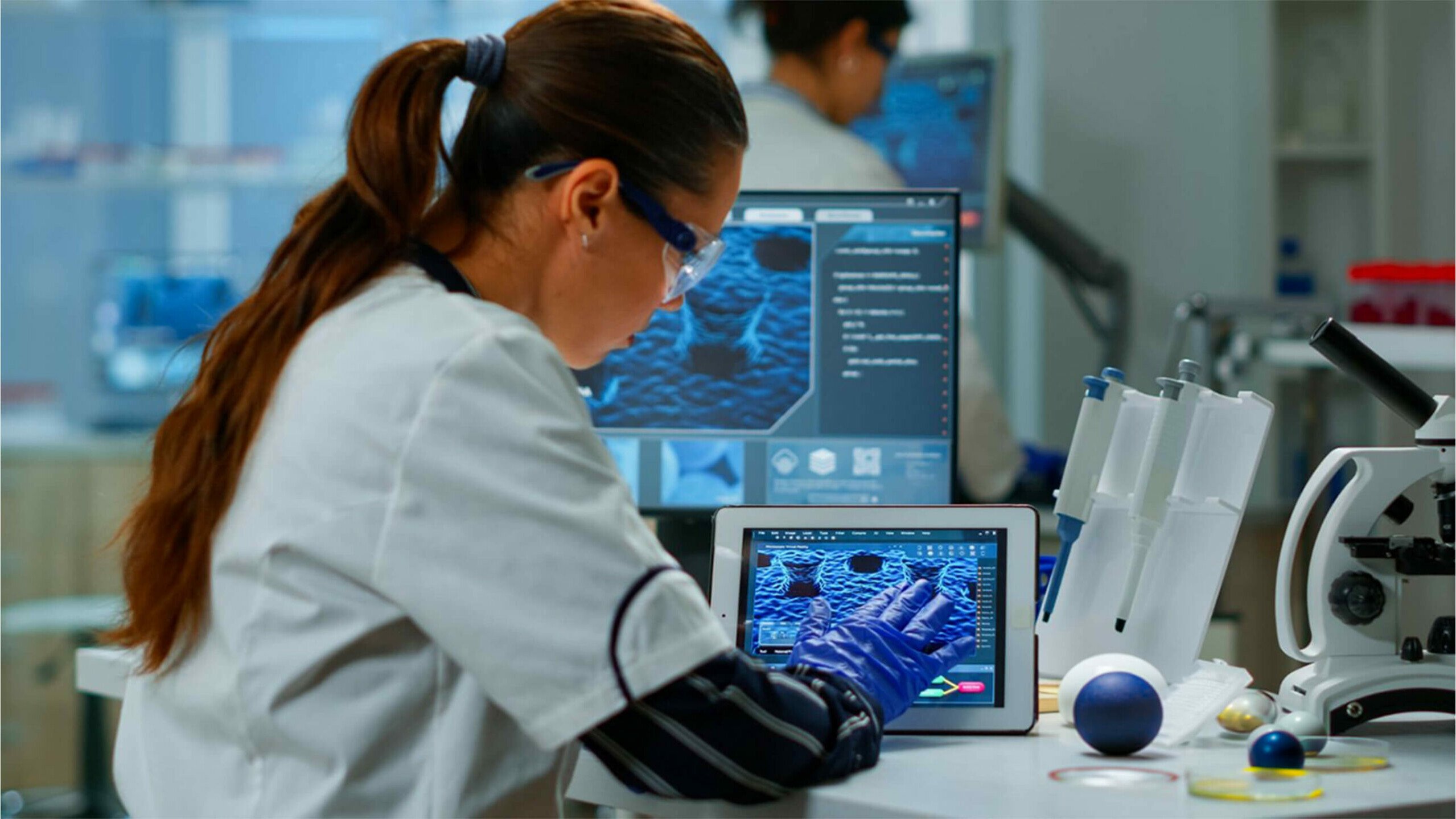
Many jobs play an important role in taking care of the people in our communities, and the role of healthcare educators is a pivotal one. Healthcare educators are vital to providing community health communication. Whether it’s with adults or children, sharing information on healthy habits, from nutritious eating to regular exercise, to mental wellness, and more, is extremely important at a time when TikTok and YouTube are taking over our lives with questionable and misleading information.
The Work of a Healthcare Educator
Communicating and sharing information comes in different ways. Health educators develop materials for instruction, produce pamphlets and posters, and create articles, presentations, and other online materials. The content they create is often for diverse age groups, community demographics, and various health contexts. This information is essential not only for the people who need it but for their families, friends, and other health professionals who support them.
Creating content is only one part of a healthcare educator’s job. They also spend a lot of time in the community, running events and programs that teach community members about important health-related topics. So, while content creation is critical to their work, they need a way to make the process more efficient and create a successful informational strategy. That’s where a component content management system (CCMS) can help.
The Role of CCMS Software in Creating Health-Related Content
What is a CCMS and how does it work? CCMS software provides a way to structure content. Through features such as structured authoring and content reuse, it can provide significant benefits to healthcare educators by helping them develop a knowledge management strategy: to manage, organize, and deliver educational content more effectively. Let’s take a look at some features that help.
Organizing and reusing content
As a healthcare educator, you create a lot of different types of content. The best CCMS software can help you plan and organize that content so it’s easier to create new assets. For example, you are creating a series of guides that share information on nutrition for different age groups. The content structure of the guide is mostly the same for each age group, and so too may be the content.
Using a CCMS, you can create the structure of that educational guide using modular units (or components), breaking the guide down into topics or lessons. You can then reuse this topic-based authoring structure for each version of the guide you need.
This structured authoring strategy enables you to reuse topics or lessons across guides. You may have a similar introduction or list of additional resources. Or you might also share the need for specific vitamins across age groups. You can easily search the CCMS for existing content, including text-based content, diagrams, and more, selecting it to reuse in your new asset.
In addition, structured authoring separates the content from its presentation, which means you can use the same content in different publication formats. The topic-based authoring you created for the nutrition guide can also be used in a pamphlet on nutrition, a lesson on nutrition in a wellness course, and other publications.
Another benefit of topic-based authoring is consistency and standardization. The last thing you would want is to create a pamphlet on breast cancer that uses different terminology than what a patient might hear from their doctor or see in an interactive presentation. Or create a nutrition guide for children that is completely different from the one the parent reads.
Managing and tracking versions of content in a documentation platform
Version control and tracking changes is another important aspect of CCMS software for educators. As you work on your educational material, you can track your changes, quickly rolling back to previous versions if needed, or tracking who made what changes and when.
Healthcare information is updated frequently based on new research and data. That means educators must be able to update their content quickly and ensure that the most current information is always used.
For example, mental wellness studies provide new insights into how adults can manage their own wellness. New nutritional research impacts the nutrition advice provided in student pamphlets to parents.
Creating structured content as a team
Educators collaborate with subject matter experts and other team members to develop educational materials. With a component content management system, multiple people can work on different parts of a content asset simultaneously, because of single source content, and the CCMS software will track changes made by each author.
A CCMS also provides a review and approval workflow, so an educator can author content and then have subject matter experts review and approve it before publication.
Publishing content where it’s needed
We talked earlier about educators creating different types of content, such as pamphlets, presentations, guides, and e-learning courses. Component content management supports the publishing of content in many publication formats. For example, the Paligo CCMS can publish content as HTML5, PDF, and SCORM (an e-learning standard). You can also publish content to other formats and systems.
Enhancing multilingual content sharing with a CCMS

For those educators who share content in multiple languages, a CCMS provides translation capabilities (either internally or through third-party providers). For example, you want to publish a guide on mental wellness options for your community where a large percentage are recent immigrants who only speak their native language. Create the content in the CCMS in English and then have it translated to the additional language(s) you need.
The Best CCMS for Empowering Healthcare Educators
Educational content is a crucial part of a healthcare educator’s job. To create the proper informational strategy, it’s essential that they have the right tools to efficiently create single source content. A component content management system can manage that content, and deliver content that is consistent, engaging, and tailored to the needs of diverse audiences. The best component content management system will enable them to produce this content as efficiently as possible, supporting collaboration and enabling reuse and customization for each audience or content asset while ensuring alignment with learning objectives.
If you’re interested in exploring more about this topic, take a look at our post “The Best Technical Writing Platform for Instructional Content.”
Share
Author

Barb Mosher Zinck
Barb Mosher Zinck is a senior content marketer and marketing technology analyst. She works with a range of clients in the tech market and actively tracks and writes about digital marketing, customer experience and enterprise content management. Barb understands the value of technology and works hard to inform and encourage greater understanding of its role in the enterprise



